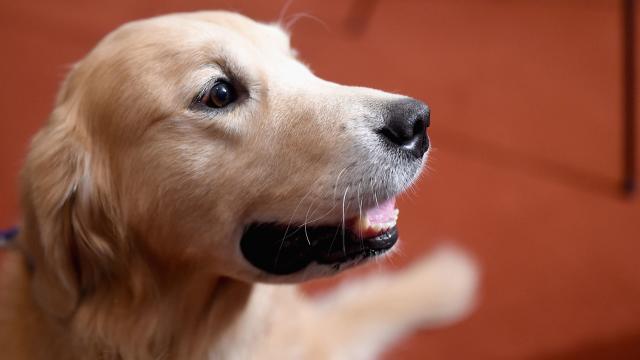As humans have gone, so have their canine companions. But a new study shows the subtle ways our long-lasting partnership has moulded the noggins of our dogs. Different breeds have slightly different brains from one another, the study found — differences that seem to be linked not just to the shape and size of the breed, but also the specific behaviours they were bred for.
Lead researcher Erin Hecht, an assistant professor in the department of human evolutionary biology at Harvard University, had been interested in studying dogs as a window into the evolution of brains for years, dating back to her grad school days. But it wasn’t until she collaborated with Marc Kent, a veterinary neurologist at the University of Georgia at Athens, that she got her wish.
Kent provided Hecht with a treasure trove of brain scans taken from good boys and girls who had gotten an MRI but turned out to have no neurological problems. With these scans, Hecht’s team was able to closely compare the brains of 62 purebred dogs from 33 different breeds. What they found might seem obvious at first glance, but it highlights how tethered dogs have become to humankind.
“Our basic finding is that different breeds of dogs have different brain anatomy,” Hecht told Gizmodo by phone. The team’s findings were published Monday in the Journal of Neuroscience.
To anyone who ever watched a pug valiantly trying to play in the park with dogs twice his weight and height, that shouldn’t be too surprising a result. But the differences the team found go beyond a dog’s physical dimensions.
“That was kinda my first reaction too — they have different bodies, of course they have different brains. But really, nobody has looked at this before. Which is kind of astounding,” Hecht said. “And so what we found was that the differences in brain anatomy go over and above differences in body size, brain size, and just general head shape. And we think these differences are accounted for by the selective breeding of behaviours.”
One example, Hecht said, involved dogs bred to be good at flushing out and visually tracking animals like birds through an environment, such as golden retrievers. And when the team compared these dogs to other breeds, they appeared to have key differences in brain regions linked to coordination, eye movement, and spatial navigation — everything you’d need to be a good tracker.
According to Hecht, these findings illustrate the complex ways that brains, including our own, evolve over time. They also suggest that we could use neuroscience someday to continue refining the specialised tasks we breed and train dogs for, such as rescue work or therapy work. More philosophically though, they show just unique how our relationship with dogs really is.
“This might sound a little goofy, but it’s also profound — our brains have been shaping the brains of another species,” Hecht said.
Hecht and her team next plan to focus on the brains of dogs that aren’t just bred to be good at something but are still working hard at it, such as border collies competing at herding championships.
